| Item Type: | Preprint |
|---|---|
| Title: | The cortical microenvironment drives early immune organization and controls early osteoclastogenesis in bone healing |
| Creators Name: | Noom, Anne, Oktay, Hulya Zeynep, Morgan, Duncan M., Kroh, Sandy, Ellinghaus, Agnes, Kochan, Merle, Bolaji, Olufemi A., Uecker, Ralf, Guenther, Robert, Bucher, Christian H., Triantafyllopoulou, Antigoni, Haas, Simon, Schmidt-Bleek, Katharina, Hauser, Anja E., Sawitzki, Birgit and Duda, Georg N. |
| Abstract: | Bone regeneration is a complex, tightly-regulated process involving coordinated interactions of immune and stromal cells. Early phases of healing rely on the timely clearance of debris, a task primarily carried out by macrophages and osteoclasts. However, the sequence of events leading to the presence of osteoclasts at the fracture site and how this is shaped by local tissue microenvironments remains poorly understood, particularly at single-cell and spatial resolution. Using single-cell RNA sequencing and multi-epitope ligand cartography, we mapped the spatial organization of distinct cell compartments engaged in early fracture healing in both young and aged mice at the start of healing. Surprisingly, we found that young mice exhibited an increased presence of activated osteoclasts at day 7, concentrated within the cortical niche. This compartment was also characterized by a spatially restricted immune response with a selective accumulation of distinct macrophage types jointly interacting with neutrophils and stromal cells. This raised the possibility that local cell organization influences osteoclast precursor differentiation. We identified a distinct Spp1(hi) macrophage subset restricted to the cortex, which acted as a transitional precursor population giving rise to osteoclasts. Neutrophils preceded this Spp1(hi) macrophage accumulation and may promote their recruitment through chemotactic signaling. This coordination was less pronounced in aged mice despite preserved transcriptional states. In parallel, stromal cells in young animals displayed higher expression of essential niche factors further supporting local osteoclastogenesis at the cortex. Together, our findings identify distinct macrophage precursors and reveal early, cortex-specific niche activity supporting osteoclastogenesis. This provides a new framework for understanding the initiation of spatial immune–stromal interactions for the early stages of regeneration. |
| Keywords: | Animals, Mice |
| Source: | bioRxiv |
| Publisher: | Cold Spring Harbor Laboratory Press |
| Article Number: | 2025.11.03.684298 |
| Date: | 4 November 2025 |
| Additional Information: | Accession "GSE305266" is currently private and is scheduled to be released on Aug 01, 2027. |
| Official Publication: | https://doi.org/10.1101/2025.11.03.684298 |
| Related to: |
Repository Staff Only: item control page

 Tools
Tools Tools
Tools
